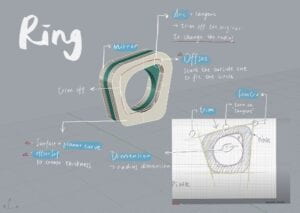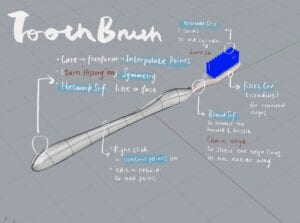https://datastori.es/109-feminist-data-visualization-with-catherine-dignazio/
Prompts
- What is data visualization for?
- Why is it important to prevent bias in data collection as well as in data visualization?
- What are your thoughts on beautiful data visualization and useful data visualization?
- What was the most interesting thing in the podcast that called your attention?
- Feel free to add anything else you would like to discuss.
Response
American feminist scholar Donna Haraway points out that we are partial human because we are never going to be another sex, another race, and be born in another time, etc., leading to our knowledge being situated, partial, and historical. While data visualization offers a view of nowhere, which is almost like a god’s eye view that allows us to get close to the whole picture by using data to bring in other situated perspectives in a way that’s as objective as possible.
However, the saying that “data speaks for itself” might be wrong, as pointed out by Catherine D’Ignazio, Assistant Professor of Data Visualization and Civic Media at Emerson College. The example that interests me the most in her podcast is a research on the sexual assault in college campuses. The researchers find out that the schools that have the leat amount of sexual assault cases are actually the places where the environments are the least supportive for survivors to come forward. After a series of interviews, it turns out that the places with higher amounts have better environments and resources for self-report. The data is actually in reverse of the truth in this case. This is why we have to be careful of biased data throughout the process of collecting and visualizing. Though I believe that it is essential for data visualization to be beautiful, I do think that the objectivity and accuracy of the data matter. Data visualization serves as a way to process the data that previously doesn’t make sense to the audience and turn it into something visually pleasing while enlightening. If the visualization is not appealing visually, it loses its purpose in the first place to transform the data into another form, while it also needs to contain correct information to be meaningful. If the data is to a large extent skewed, even if the visualization is aesthetic, it might convey false information to its audience and cause a negative social impact.
Overall, the podcast offers me a lot of insights into the meaning of digital visualization and the importance of data objectivity. My favorite quote is that “embracing pluralism is a design principle”. Oftentimes we collect the data from dominant groups of society while ignoring that the voices that are silent are from women and marginalized groups who are not very comfortable with coming forward due to an unsupportive climate. These are the voices that we do need to consider and bring in to our data visualization.
Rhino Journal (week2)


